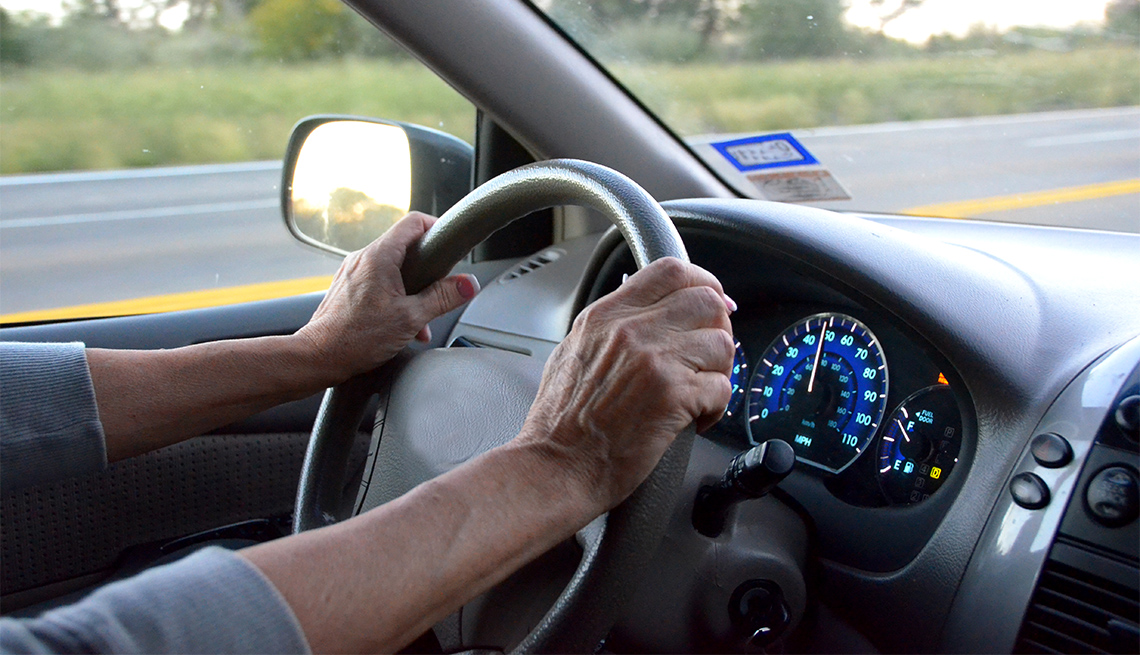
Older drivers can be safer drivers – with practice
- Select a language for the TTS:
- UK English Female
- UK English Male
- US English Female
- US English Male
- Australian Female
- Australian Male
- Language selected: (auto detect) - EN
Play all audios:

Although experience counts when it comes to maneuvering a vehicle, middle-aged drivers are on the road more often and driving many more miles than older drivers. And though crash rates
overall are higher for drivers over 70 than they are for middle-aged drivers due to increasing fragility and cognitive impairment, those rates are dropping significantly, the report found.
STAY SAFE ON THE ROAD One way to keep older drivers on the road safely is to maintain their driving skills. AARP offers safe driving classes online to help. Teen drivers, of course, have
the highest crash rates. “They take more risks and are less experienced,” Cicchino says. “But older people tend to be more fragile and are more likely to die when involved in a crash.” So
what’s keeping older drivers safer? On the human side, “older people have gotten healthier as a group,” Cicchino says. “They can safely drive longer as cognitive, visual and physical
declines come later.” On the vehicle side, cars have been made safer over the years. In particular, Cicchino points out the addition of side airbags. “These are useful in reducing the types
of injuries older people suffer most.” Older drivers tend to be involved in intersection crashes and “difficult perceptual situations like making a left turn, where you have to monitor
oncoming traffic, and negotiating crossing pedestrians,” says Neil Charness, the William G. Chase professor of psychology and director of the Institute for Successful Longevity at Florida
State University. Side airbags have helped keep people alive, he says. Cicchino also points to the federal government’s efforts at improved guidance on roadway creation — making
intersections easier to navigate, for example, by calling for roundabouts , which can eliminate right-angle crashes, and improving sign visibility. WHAT TO WATCH OUT FOR But while roads
and cars might be getting safer, older adults tend to hold on to their vehicles longer, driving older, smaller models that don’t have the latest safety features and offer fewer
protections. Charness suggests that if “you can afford it, get a newer vehicle with an advanced driver system. Having that additional intelligence in your vehicle might compensate for some
of the negative aspects of aging.” New car technology that keeps drivers from drifting out of a lane, backup cameras, and pedestrian detection can all help an older driver remain safely on
the road, Charness says.
